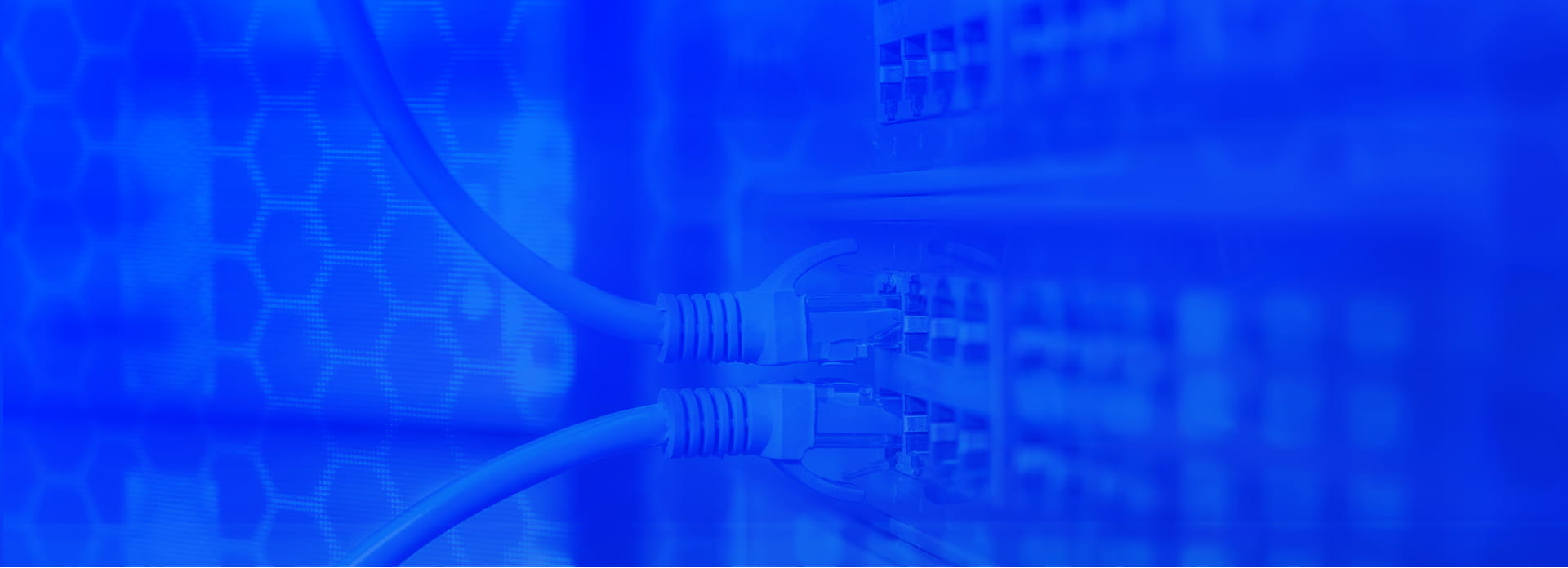Applicable cables: HDMI, DP
HDMI Cables
Basic Concepts of HDMI Cables
HDMI (High Definition Multimedia Interface) is a fully digital audio-visual interface standard designed to transmit uncompressed high-definition video and multi-channel audio signals simultaneously. This interface significantly streamlines the process of connecting devices, making the transfer of high-definition content more convenient and efficient.
Key Features of HDMI Cables
- High-Definition Transmission: Capable of transferring uncompressed video and audio signals, ensuring the clarity of images and the authenticity of sound.
- Plug-and-Play: Supports hot-swapping, allowing connections without the need to restart devices.
- Multi-Channel Audio Support: Simultaneously transmits multiple audio channels, enhancing the audio.
- Digital Content Protection (HDCP): Safeguards copyrighted content from unauthorized copying and distribution.
Types of HDMI Cables
HDMI cables come in various types, each with specific applications and characteristics:
1. Standard HDMI Type A:
Feature: The common type, featuring 19 pins, suitable for high-definition devices
Applications: Laptops and LCD TVs.
2. HDMI Type B:
Feature: Primarily used in professional settings, offering higher transmission rates and bandwidth.
Applications: Professional audio equipment and game consoles.
3. HDMI Type C (Mini HDMI):
Feature: Compact in size, ideal for portable devices.
Applications: Digital cameras, MP4 players, and smartphones.
4. HDMI Type D (Micro HDMI):
Feature: Even smaller in size, fitting for the small mobile devices
Applications: Mini tablets and smartwatches.
5. HDMI Type E:
Feature: Specifically designed for in-vehicle entertainment systems, featuring a mechanical lock for reliable connections
Applications: Used in car audio systems and navigation devices.
Version Selection
HDMI cables of different versions support varying bandwidths and functionalities. It is recommended to opt for cables that support the new version standards to ensure good compatibility and performance.
Connector Quality
High-quality HDMI connectors often employ gold or silver plating, which can effectively reduce signal loss during transmission.
Cable Material
HDMI cables with pure copper cores ensure better signal transmission quality. Additionally, a cable with a moderate flexibility helps extend its service life.
Cable Length
Selecting the appropriate length of HDMI cables is crucial. Cables that are too long may cause signal degradation, while those that are too short may lack flexibility. It is advisable to allow for some extra length when considering the cable's length.
Usage Environment
Different environments, such as home theaters, offices, and vehicles, may have distinct wiring requirements and obstacles, which can also influence the choice of HDMI cables.
Conductor Drawing 
1. In-house Conductor Production:
Customers must invest in wire drawing machines and copper stranding machines, resulting in a longer manufacturing process.
2. Purchased Conductors:
Customers can avoid the need to purchase front-end copper wire processing equipment, resulting in a shorter production process.
Core Wire Extrusion 
1. Solid Extrusion Line Configuration:
Ideal for manufacturing electronic wires in HDMI high-frequency cables.
2. Chemical Foaming Double Layer Extrusion Line Configuration:
Ideal for manufacturing signal wires in HDMI cables.
3. Optional Testing Equipment can be selected for additional specific needs:
* Spark tester
* Laser diameter gauge
* Water Capacitance Meter
* Etc.
Pair Twisting 
1.Wire Twisting Machine Configuration:
400/500 cantilever-type single-pitch twister with electronic pitch control.
2.Wire Payoff:
* 2 head pay-off
* 1 ground wire pay-off
3.Wrapping:
* 2 layers active tyoe longitude taping machine
4.Oven:
* Automatic telescopic type constant-temperature oven.
Cabling 
1. Cabling Main Twister Configuration:
630-800 conventional speed differential take-up type cantiliver single twister is generally used.
2. Auxiliary Equipment Configuration:
* 5-head active pay-off
* 6-head passive tension pay-off
* Longitude taping machine
* Taping machine
* Longitude taping machine
* Cantilever single twister
Braided Shielding Layer 
1. Braiding Machine Configuration:
Braiding machines with 16 spindles are typically employed.
2. Optional Braiding Machine Features:
Braiding machines can be equipped with either mechanical pitch control or electronic pitch control.
Sheath Extrusion 
1. Sheathe Extrusion Line Configuration:
A 70-80 extruder model is typically selected, suitable for PVC, LSZF etc.
2. Auxiliary Equipment Configuration:
* Double-head active pay-off
* Movable water tank
* Oil ink printer (or inkjet coder)
* 10-meter water tank
* 500 capstan
* 300 wire accumulator
* Double-head shaft take-up
* Etc.
3. Testing Equipment:
* Spark testers
* Diameter gauges devices
* Etc.


 E-mail: info@gem-cablesolution.com
E-mail: info@gem-cablesolution.com Address: No.8 Yuefeng Rd, High Tech Zone, Dongtai, Jiangsu, China | No.109 Qilin East Rd, Daning, Humen, Dongguan, Guangdong, China.
Address: No.8 Yuefeng Rd, High Tech Zone, Dongtai, Jiangsu, China | No.109 Qilin East Rd, Daning, Humen, Dongguan, Guangdong, China. English
English  English
English русский
русский 日本語
日本語 Español
Español عربى
عربى 中文简体
中文简体




